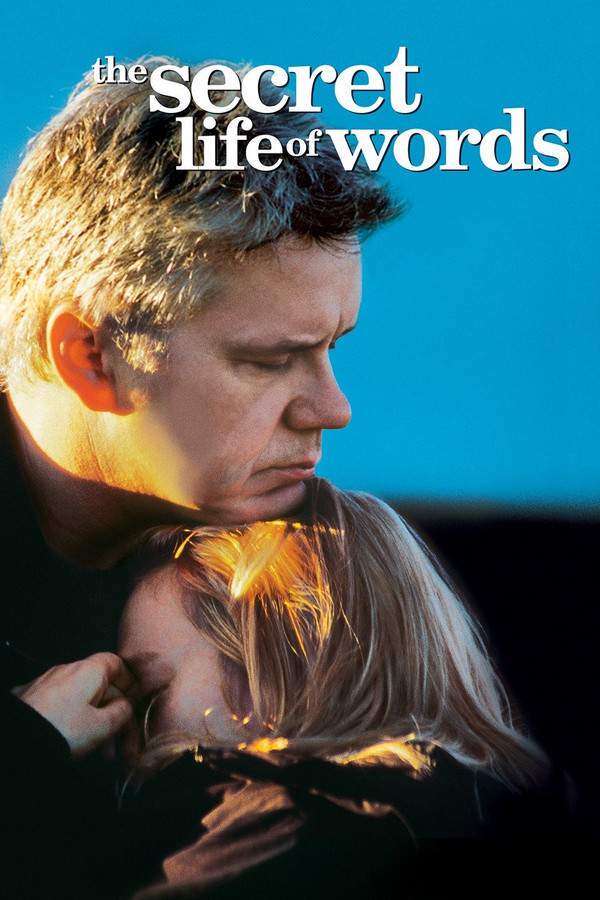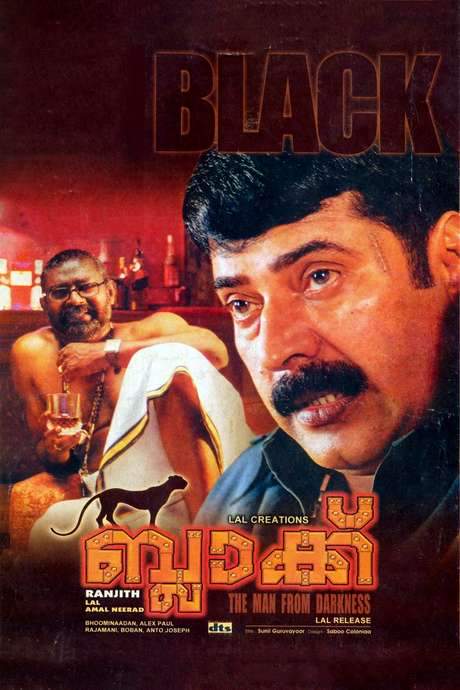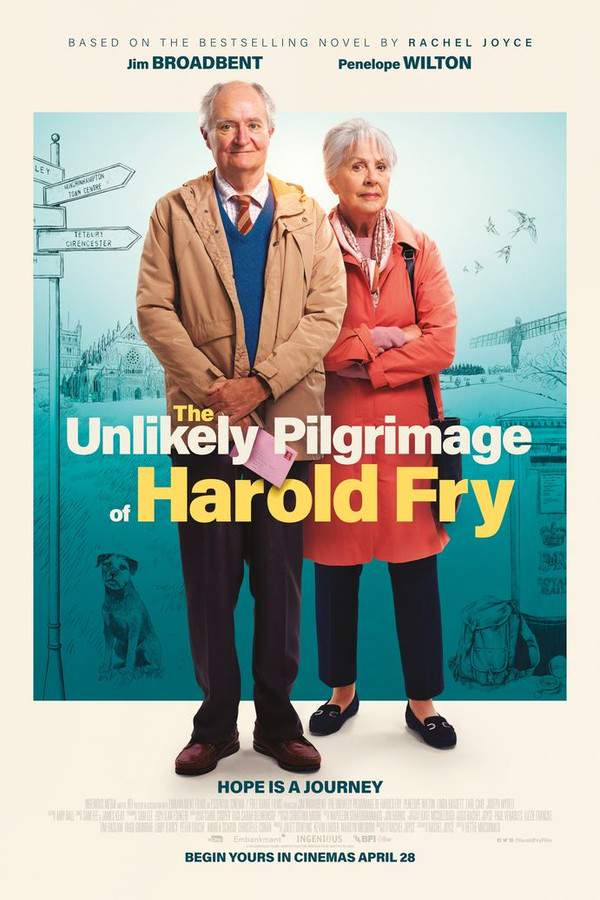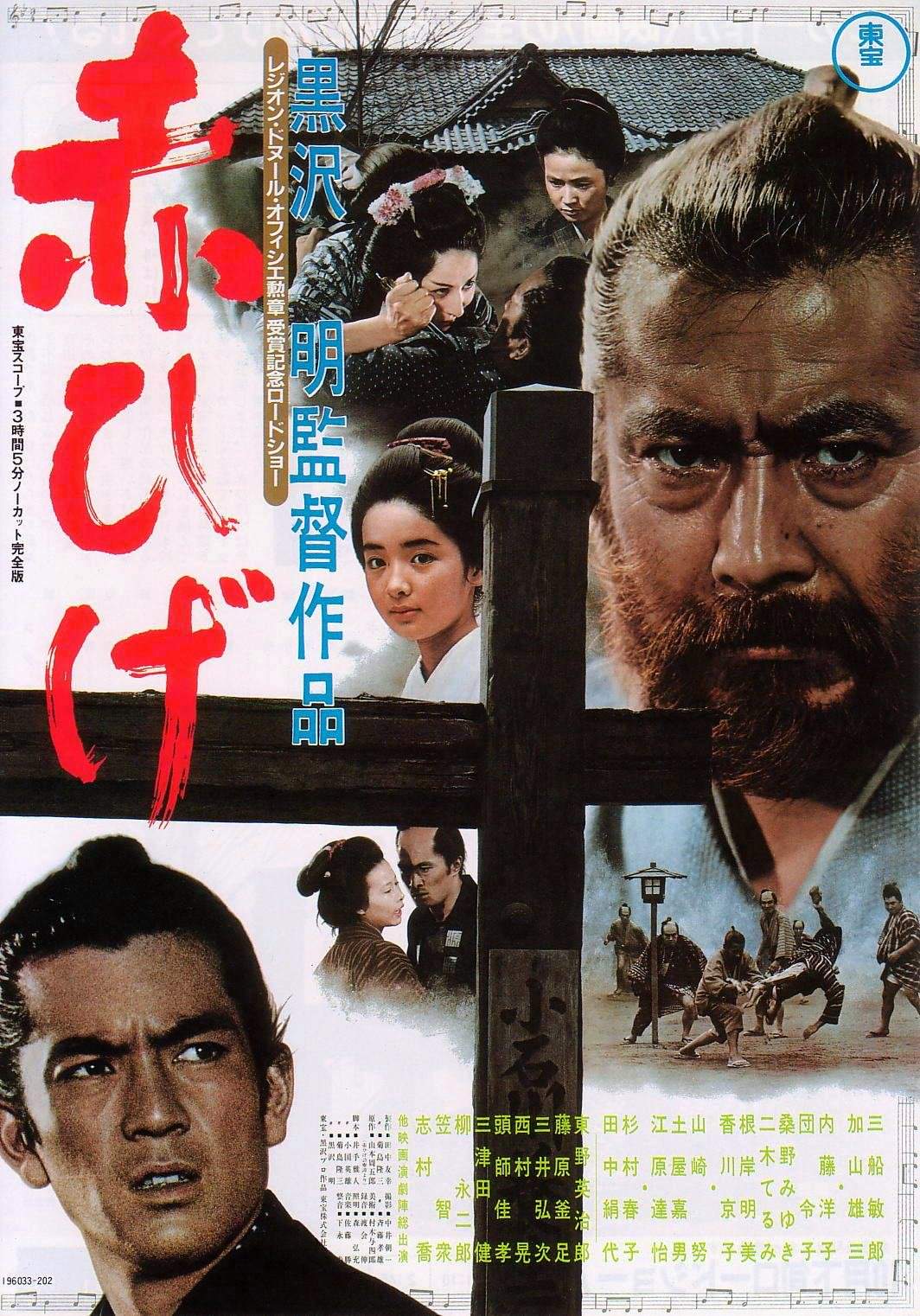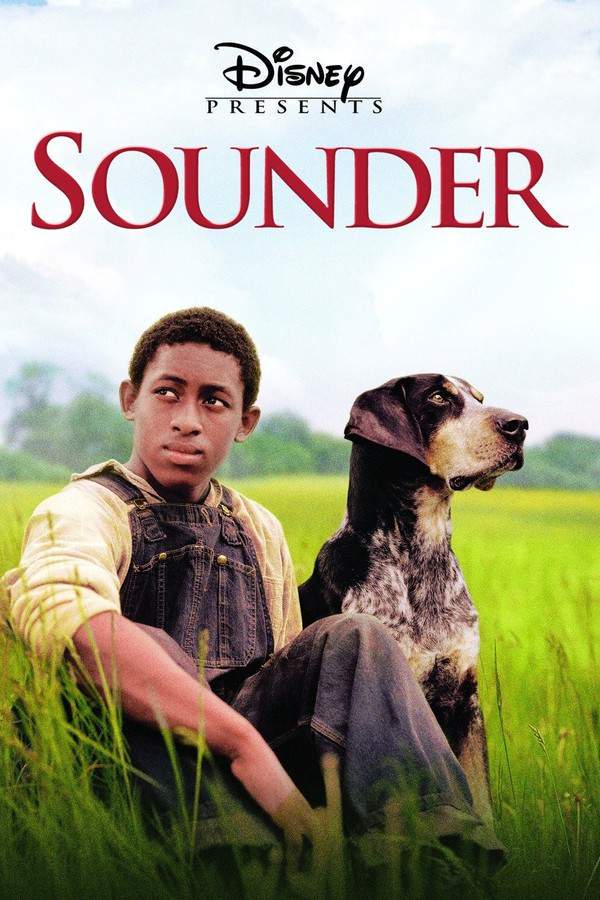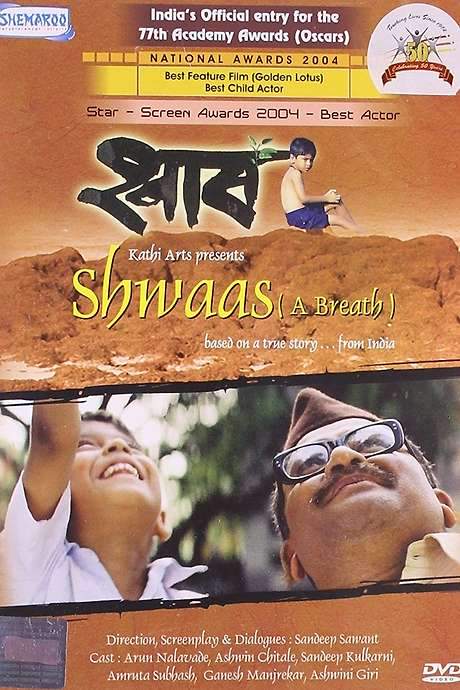
Shwaas
Year: 2004
Runtime: 107 mins
Language: Marathi
Director: Sandeep Sawant
An elderly man, battling terminal cancer, spends his remaining days teaching his young grandson to appreciate life's simple wonders. Through tender moments and quiet reflection, the film underscores how a hopeful attitude can illuminate even the bleakest circumstances.
Warning: spoilers below!
Haven’t seen Shwaas yet? This summary contains major spoilers. Bookmark the page, watch the movie, and come back for the full breakdown. If you're ready, scroll on and relive the story!
Shwaas (2004) – Full Plot Summary & Ending Explained
Read the complete plot breakdown of Shwaas (2004), including all key story events, major twists, and the ending explained in detail. Discover what really happened—and what it all means.
In a calm village near Pune, a grandfather named Keshavram Shantaram Vichare travels with his eight-year-old grandson, Parshuram “Parshya” Vichare, to a city hospital for a troubling eye checkup. They are joined by Parshya’s maternal uncle, Diwakar, as they navigate the formalities of admission. On the first day, Vichar e is asked to sign the standard papers, and he discovers a clause that says the doctor would not be responsible if something went wrong. The idea that a life could be put at risk without accountability unsettles him deeply; as a rural guardian, he reads this as a potential betrayal of trust. The situation grows tense until a compassionate medical social worker, Aasawari, arrives to explain the hospital’s practice and to steady the anxious party. Her calm, practical approach helps him understand the ethics at play, and she stays with them through the initial consultation, offering both information and reassurance.
The physician in charge, Dr. Sane, wastes no time in delivering hard news: Parshya has retinoblastoma, a rare retinal cancer that threatens his sight and his future. After consulting with colleagues in the United States and the United Kingdom, the medical team presents a stark reality—the only viable procedure carries a significant risk of blindness, a difficult but necessary trade-off to save the child’s life. The doctor makes sure to inform Parshya and his grandfather about the stakes before any procedure, underscoring the ethical obligation to truthfully disclose medical options to a patient or his guardians. Across this tense moment, Aasawari leads the family through the ethical maze: she tries to keep the grandfather anchored, helps him separate the hope from the illusion of an easy cure, and begins to build a bridge of trust with Parshya. Her goal is not only to protect Parshya from false promises but also to safeguard the family from misleading alternatives that some doctors might peddle, offering treatments that seem to promise miracles but are ineffective.
As the news sinks in, the grandfather’s inner battle becomes the film’s emotional core. He wrestles with the idea that the only path to saving Parshya’s life is to accept a future in which his grandson may lose his sight. He seeks second opinions, compares notes with distant experts, and, perhaps most humanly, tries to fill Parshya’s days with as much wonder as possible before the inevitable change. He struggles to explain the truth to a boy who cannot yet grasp the concept of losing his vision, while also attempting to preserve the boy’s cheerful curiosity. The story alternates between intimate conversations at the hospital and quiet moments in the city where the grandfather attempts to satisfy Parshya’s unspoken wish to see as much of the world as possible, even if only for a little while longer.
The schedule for the life-saving operation becomes a matter of timing, and a postponement forces the pair to linger in limbo for another day. That afternoon, the two slip away from the hospital ward, prompting a frantic search by exhausted medical staff and worried family members. When they are found and brought back, the surgeon confronts the grandfather with a direct question about the consequences of delaying a life-saving procedure. The grandfather’s response, spoken with quiet resolve, is that he wanted to show Parshya the sights of the city for one last time—an act of love that overrides fear, even if it means accepting a difficult outcome.
Shwaas is widely praised for how it renders the delicate balance between medical reality and human tenderness. The film emphasizes the courage of the doctors and nurses who strive to offer the best possible care within the limits of medicine, while also highlighting the compassion that grounds the patient’s family in the face of harrowing news. The medical team is depicted as supportive and resourceful, guiding the family through moral and practical decisions with empathy and professionalism. This portrayal elevates the day-to-day work of the medical staff, presenting them as partners in a challenging journey rather than distant authorities.
The narrative threads together moments of clinical precision, ethical dialogue, and intimate family dynamics to paint a portrait of resilience. Aasawari’s steady presence anchors the family amid fear and confusion, helping Parshya respond to the imminent changes with honesty rather than denial. Dr. Sane’s candid explanations, combined with the hospital’s quiet efficiency, underscore a central message: truth, even when painful, is the foundation of trust and of informed choice. The film’s final image—Parshya returning home wearing dark glasses, waving to loved ones from a boat—became a defining visual note for critics. It captures both a moment of loss and a hopeful, future-facing gaze, inviting audiences to reflect on the limits of medicine and the enduring strength of family ties.
In the end, the film leaves viewers with a nuanced view of medical decision-making in a rural setting, where the best intentions meet hard truths. It presents a humane, respectful portrait of doctors and nurses who strive to do right by their patients, even when the path forward is painful and uncertain. The quiet dignity of the characters—the grandfather’s courage, the boy’s brave curiosity, and the social worker’s steadfast advocacy—together form a compassionate meditation on love, responsibility, and the ethics of care.
Last Updated: October 09, 2025 at 15:18
Explore Movie Threads
Discover curated groups of movies connected by mood, themes, and story style. Browse collections built around emotion, atmosphere, and narrative focus to easily find films that match what you feel like watching right now.
Movies about quiet resilience like Shwaas
Heartfelt stories where characters find strength and light in the face of profound hardship.If you were moved by the hopeful spirit in Shwaas, these films explore similar journeys of quiet strength. Discover other deeply-felt dramas where characters face terminal illness or profound loss but find moments of grace, dignity, and connection.
Narrative Summary
These narratives typically revolve around a central, heavy emotional challenge—like a terminal diagnosis or a great loss—that forces characters to re-evaluate life. The journey is less about solving the problem and more about finding a way to endure it with grace, often through the support of loved ones and a renewed appreciation for life's simple wonders.
Why These Movies?
These films are grouped together because they share a unique and compelling emotional mix: a heavy subject matter balanced by a tone that is ultimately hopeful and compassionate. They avoid pure melodrama, favoring a reflective, character-driven pace that allows the emotional weight to land with sincerity and depth.
Movies with bittersweet sacrifices like Shwaas
Stories where a difficult choice leads to a poignant ending of mixed emotions.If the ending of Shwaas, where a life is saved at a great personal cost, resonated with you, explore these films. Find similar dramatic stories centered on difficult moral choices and poignant sacrifices that result in emotionally complex, bittersweet conclusions.
Narrative Summary
The defining pattern is a conflict where a character must make a painful decision, often involving a trade-off between two deeply valued outcomes. The narrative builds towards this pivotal choice, and the resolution acknowledges both the gain and the loss, leaving the audience with a complex, lingering emotional impact rather than a simple happy or sad ending.
Why These Movies?
These films are united by their exploration of the grey areas in difficult decisions and their commitment to emotionally truthful, non-sanitized conclusions. They share a specific narrative structure that builds to a moment of sacrifice, resulting in an ending feel that is squarely bittersweet, appealing to viewers who appreciate nuanced emotional journeys.
Unlock the Full Story of Shwaas
Don't stop at just watching — explore Shwaas in full detail. From the complete plot summary and scene-by-scene timeline to character breakdowns, thematic analysis, and a deep dive into the ending — every page helps you truly understand what Shwaas is all about. Plus, discover what's next after the movie.
Shwaas Timeline
Track the full timeline of Shwaas with every major event arranged chronologically. Perfect for decoding non-linear storytelling, flashbacks, or parallel narratives with a clear scene-by-scene breakdown.

Characters, Settings & Themes in Shwaas
Discover the characters, locations, and core themes that shape Shwaas. Get insights into symbolic elements, setting significance, and deeper narrative meaning — ideal for thematic analysis and movie breakdowns.

Shwaas Spoiler-Free Summary
Get a quick, spoiler-free overview of Shwaas that covers the main plot points and key details without revealing any major twists or spoilers. Perfect for those who want to know what to expect before diving in.

More About Shwaas
Visit What's After the Movie to explore more about Shwaas: box office results, cast and crew info, production details, post-credit scenes, and external links — all in one place for movie fans and researchers.


